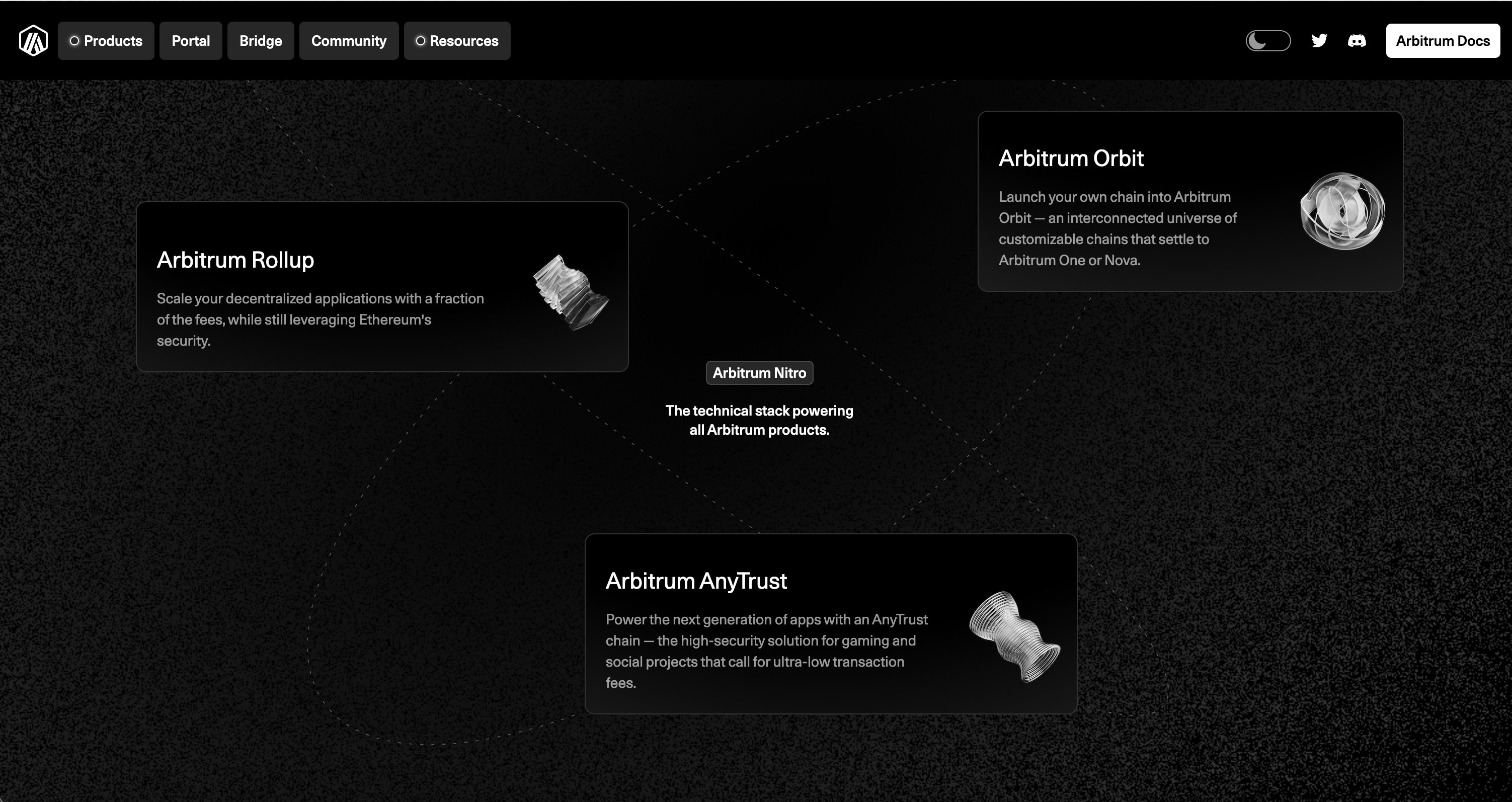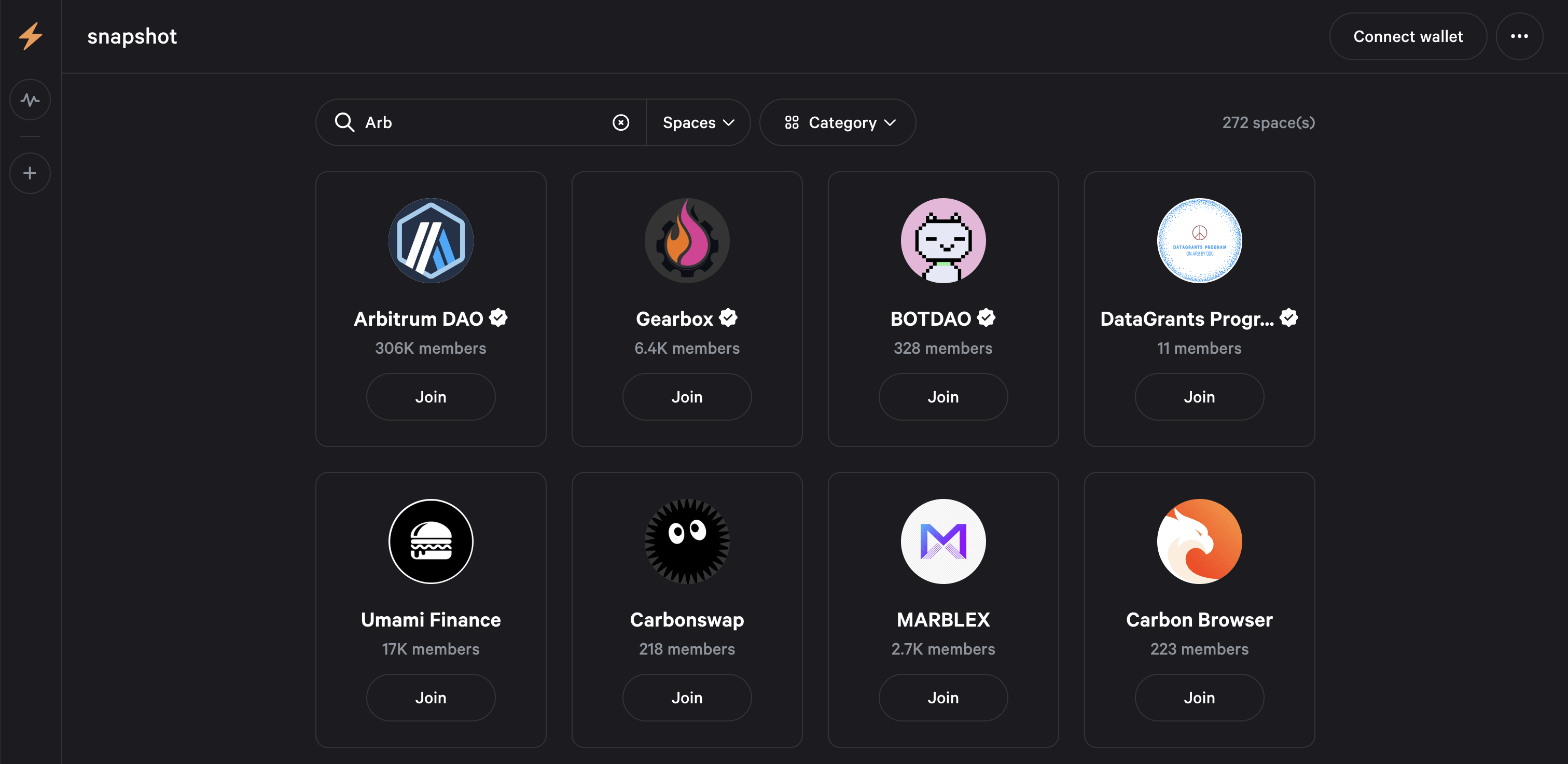Arbitrum Governance Participation Data Analysis
This dashboard provides comprehensive insights on the performance of Arbitrum Governance Participation over time.
Arbitrum is a Layer 2 scaling solution for Ethereum, designed to enhance the network's scalability and efficiency while retaining the security properties of the base layer (Ethereum). It operates by processing transactions off the Ethereum mainnet (Layer 1), thereby reducing congestion and gas fees, and then later settling the transactions on the Ethereum blockchain. Here's a breakdown of its key components and features:
-
Off-Chain Execution with On-Chain Security: Arbitrum uses a technique called "rollup" to achieve its scalability. Transactions are executed off-chain in a secure environment, and then the data (not the computation) is bundled ("rolled up") and posted to the Ethereum mainnet. This approach leverages Ethereum's security for data availability and finality while offloading computational and storage burdens.
-
Optimistic Rollups: Arbitrum is based on optimistic rollup technology. In optimistic rollups, transactions are presumed to be valid by default, and are only challenged if someone submits a "fraud proof" alleging a transaction was incorrect. This optimistically assumes computations are correct and only verifies them in case of a dispute, significantly reducing the workload on Ethereum's mainnet.
-
Arbitrum's Virtual Machine (AVM): It is designed to be highly compatible with the Ethereum Virtual Machine (EVM), making it easier for developers to deploy existing smart contracts to Arbitrum without significant modifications. This compatibility ensures that developers can take advantage of Arbitrum's scaling benefits while maintaining the ability to write smart contracts in Solidity, Ethereum's programming language.

Snapshot is a decentralized voting platform widely used within the cryptocurrency and blockchain communities for governance decisions. It enables token holders to vote on proposals without spending gas fees, making it a cost-effective and environmentally friendly option. Here's a brief summary of its key features:
- Gasless Voting: Snapshot allows token holders to vote on proposals without incurring Ethereum network gas fees, as the voting happens off-chain.
- Decentralization and Security: Votes are signed messages stored on IPFS (InterPlanetary File System), ensuring data integrity and decentralization.
- Token-based Voting Power: Voting power is usually tied to the number of governance tokens a voter holds, aligning decision-making with those invested in the project.
- Flexible Voting Strategies: Projects can customize voting strategies, such as one-token-one-vote, quadratic voting, or any combination that suits their governance model.
- Integration with EVM Chains: Although widely associated with Ethereum, Snapshot supports voting for projects on various EVM-compatible blockchains.
- Open Participation: It's designed to be open and permissionless, allowing any project to set up its governance voting space.
